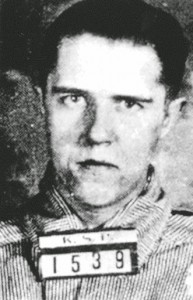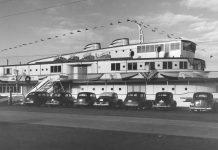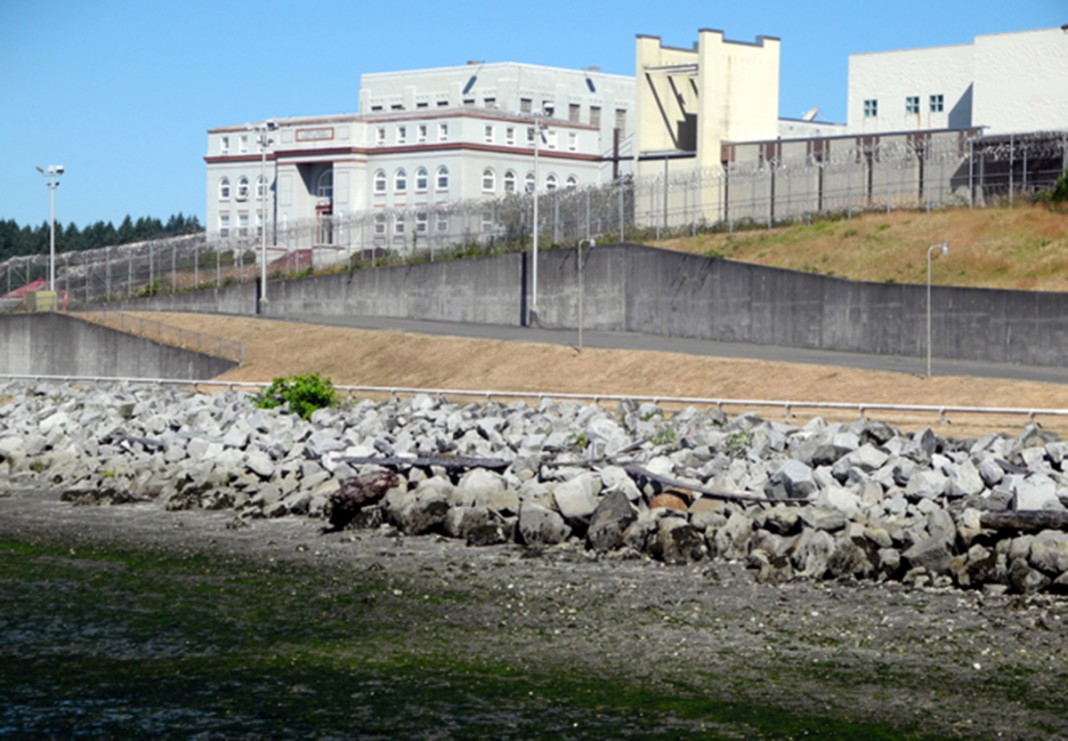Native American tribes along the Puget Sound, mainly the Steilacoom, Nisqually and Puyallup, camped on the island during their fishing and trading journeys around the waterway for 15,000 years. It was a popular stopping point for tribes until white explorers arrived to “discover” the island and name it.
The island gained its name in 1841 after boat captain William Henry McNeill, who worked for the Hudson’s Bay Company in what is now present-day DuPont. The island’s name dropped the second “L” with the passage of time and was standardized to simply McNeil.
Noted pioneer Ezra Meeker homesteaded on the island in the mid-1850s before going off-island to found the City of Puyallup in 1862. Puget Sound was booming, and with the growing population came crime. The Washington Territory needed a prison, and McNeil Island seemed like a logical spot. The island became a territorial prison on May 28, 1875, and the first inmate admitted was Abraham Gervais, who was sentenced to 20 months for selling alcohol to Native Americans.

The original cell house was standard for the “Old West.” It had 48 cells with no running water, plumbing, electricity or heating. Inmates built it as part of their incarceration. When the territory became a state, the prison became a federal facility.
One of the early inmates to cross the welcome mat to that facility during that time was Robert Stroud, known better as the “Birdman of Alcatraz.” For the record, Stroud never even had any birds at Alcatraz, and his love of the feathered fellows actually started in McNeil, where he was serving time for manslaughter only to kill an inmate in 1909 and won a trip to the infamous prison in Leavenworth, Kansas. Killing a guard there landed him a trip to “The Rock,” better known as Alcatraz off the shores of San Francisco in the 1930s.
Flash forward to the 1960s. Mass murderer Charles Manson was sent to McNeil in 1961 for crossing state lines for the purpose of prostitution and forging a government check. He was serving a seven-year sentence and learned how to play the guitar at McNeil, a hobby that led him to Hollywood in search of a record deal by rubbing elbows with the Beach Boys. That deal never came, so he formed “the family” instead and went down in history with his murderous “Helter Skelter” rampage at the end of the 1960s.

“The island is only 20 minutes from the mainland, but damn, to be so close yet so far is frightening,” Manson would later write. “The return trip takes years, and sometimes never happens for the guys who go there to serve time… I pictured myself trying to swim the water, escaping the island. Nope! Too deep, too cold and too far, I would need something that floated. Escape is a dream, not a reality.”
One of Manson’s friends on the island, and who actually gave him guitar lessons, was mobster Alvin “Creepy Karpis” Karpowicz.
In the late 1970s, the federal Bureau of Prisons decided to close McNeil. The state negotiated to take over the facility so that it could house its convicts. The facility transformed from a federal institution to the Washington State Department of Corrections and, in 1981, it became known as the McNeil Island Corrections Center.
But the Great Recession of the mid-2000s caused a state budget crunch that led to the early release of inmates around the state. McNeil Island was closed in 2011.

The last inmates left on April 1. A high-security treatment facility, called the Special Commitment Center, for violent sexual offenders remains on the island and is run by the Department of Social and Health Services for sex offenders who have served their prison sentences but have been civilly committed to mental health treatment because they have been deemed likely to offend again. It houses about 300 patients. Only one is a woman.
The former prison facilities are now watched over by a handful of inmate work crews but otherwise left to the elements as the state ponders a long-term plan for the island.




































